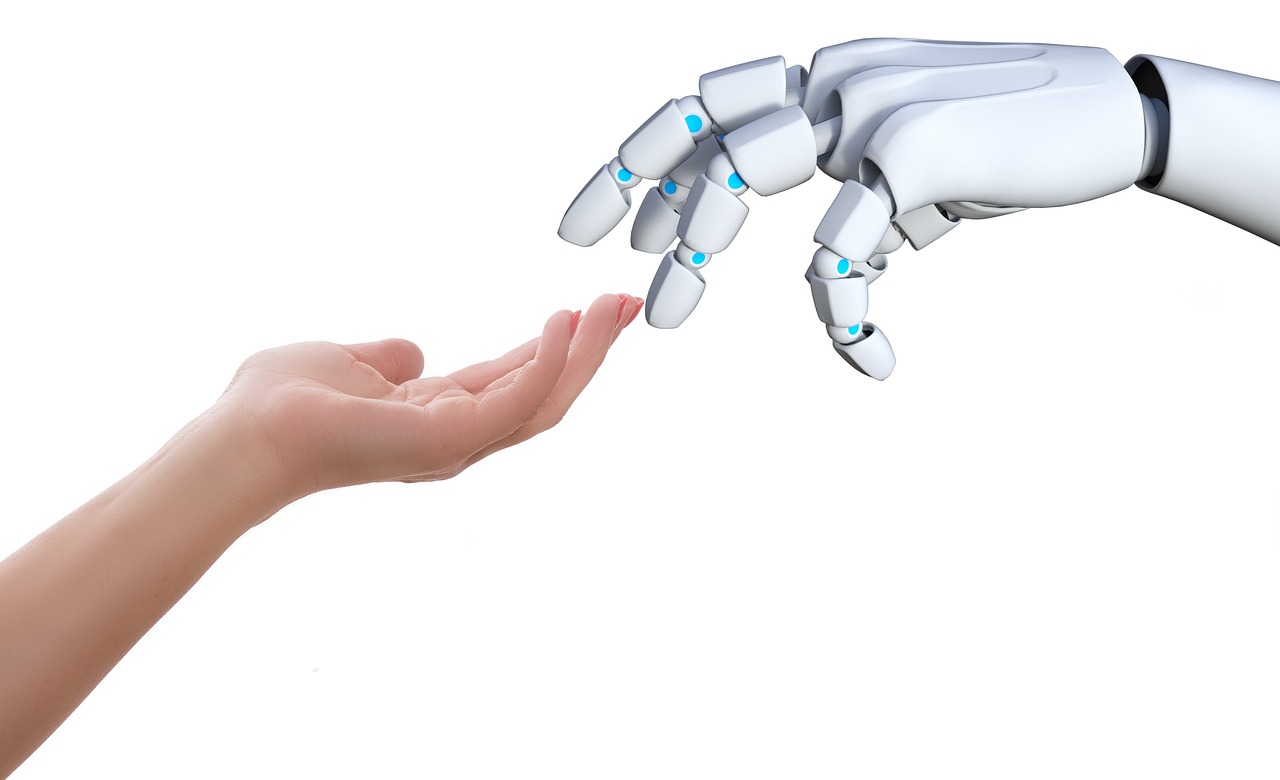What’s happening
- “We have seen a shift in client openness to fully AI-developed campaigns,” Christian Pierre, global chief intelligence officer, Gut, told Digiday, as he described a “180 degree shift” amid a fear of missing out.
- Kantar’s recent Media Reactions report confirms this trend, with 70% of marketers worldwide embracing generative AI for advertising creativity.
- The same study found around half of consumers enjoyed AI-generated visuals in ads (although 60% were worried about the potential for fake or misleading advertisements).
- “Platforms leveraging AI to personalize content and streamline ad delivery are seeing stronger ad equity scores and deeper consumer trust,” said Rachelle Minnis, Chief Media Solutions Officer at Kantar.
Why regulation matters
Greater openness to the use of Gen AI will no doubt accelerate its deployment by brands and agencies. And the tools offered by platforms like Meta will see many smaller brands and SMEs experimenting with the tech.
AI advertising content will be everywhere if not obviously so – and legislators in many jurisdictions want that made clear.
From last month, China requires AI-generated content distributed on Chinese platforms to be labelled; a failure to comply will result in – so far unspecified – penalties, while law firm Harris Sliwoski warns of the risk of “reputational danger and disruption” that may follow.
From August 2026, EU regulations will similarly require the labelling of all content that has been significantly generated by AI. There is no such comprehensive approach in the US, with disparate moves to regulate AI content having lapsed under the Trump administration
Global brands will have to devise processes to ensure that AI-generated content is properly labelled in the relevant territories – including assessing internal systems and workflows, dealing with different regulatory requirements and understanding what it means for third-party governance and the use of influencers.
Back to basics
- Even as there’s a greater openness to the use of Gen AI in advertising, a new campaign promoting ChatGPT eschews this approach in favour of shooting traditional 30-second TV ads using real people in real locations.
- “Human craft was central to the campaign’s creation,” according to OpenAI, although ChatGPT itself was a “behind the scenes co-creator … streamlining shot lists and organising schedules”.
Context
- Consumers are increasingly using text-based platforms like ChatGPT in their everyday life; video generation is the next step, with Meta and Google having already introduced this tech and OpenAI reportedly being on the verge of launching a standalone app for its Sora 2 video-gen technology.
- As consumers become more familiar with the idea of creating video with AI generation, so they may become less concerned about its use in advertising. Alternatively, they could become dismissive (“I could do that”) leading to a backlash in favour of the human craft practised by OpenAI in its latest campaign.
Sourced from Kantar, Digiday, Wired, Creative Review, EU, Harris Sliwoski, White & Case
Source: warc.com

